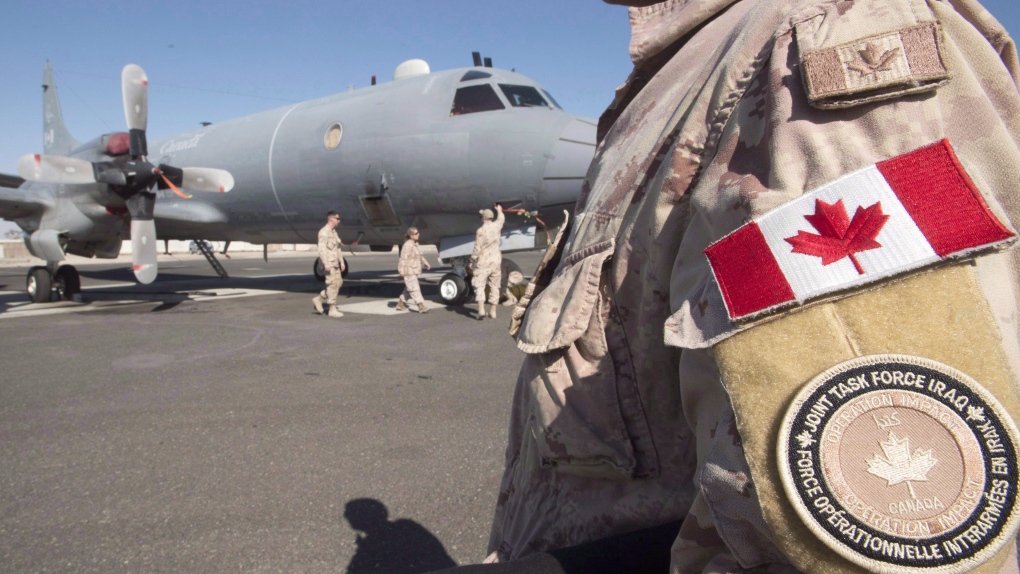Eye In The Sky
Army.ca Legend
- Reaction score
- 3,780
- Points
- 1,160
yet if your reaction isn't exactly the same in both cases you are dead.
My example was actually 2 different wpns systems but I get what you mean
Students who start their training with simulators are far easier to convince that they are working with reality in the sim. They don't enter with a pre-conceived bias. Finances are always a problem but the discussion is focusing upon solutions so one solution is to provide funding to create realistic sim. runs so as to lessen the hours required in the real air frame to gain qualification. Good. Part of the contract with Boeing probably includes simulators and they will be state of the art. Australia, Great Britain and all other current users undoubtedly have programmes on the shelf that we can use as well. Purchasing an extra 4 air frames to dedicate to training would also help. 16 is probably very tight and really doesn't give much breathing space for training. As for pilots, start training from the ground up using local facilities whilst your trainees complete their education. Make better use of our cadet programme. There are dozens of airports across Canada that would gladly accept the GOC's money and produce a qualified multi-engined IFR officer candidate at the same time a university or college produces a graduate.
As for reserves, we don't have the aircraft to generate a reserve squadron let alone allow pilots to maintain currency so either we buy more or say sayonara to that idea. imho. But nothing is going to work well until our school bias is changed. Young people won't apply to the military if their peers and their profs and their parents are all telling them that they should grow flowers and write video games instead; especially when the GOC treats the military with total disdain.
We just need the GoC to give up some money!

